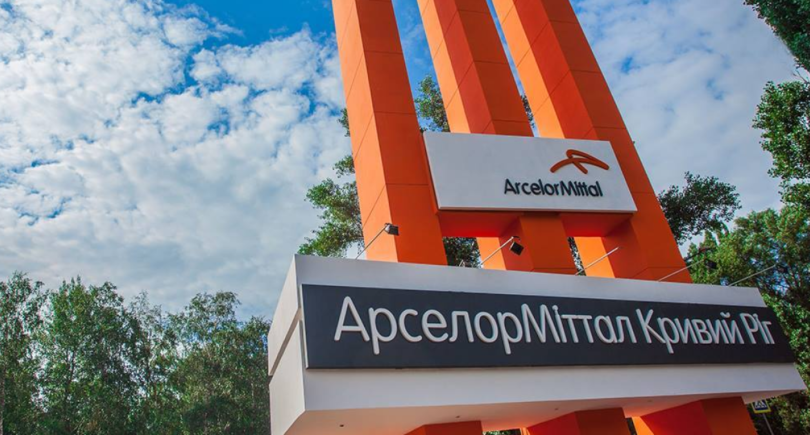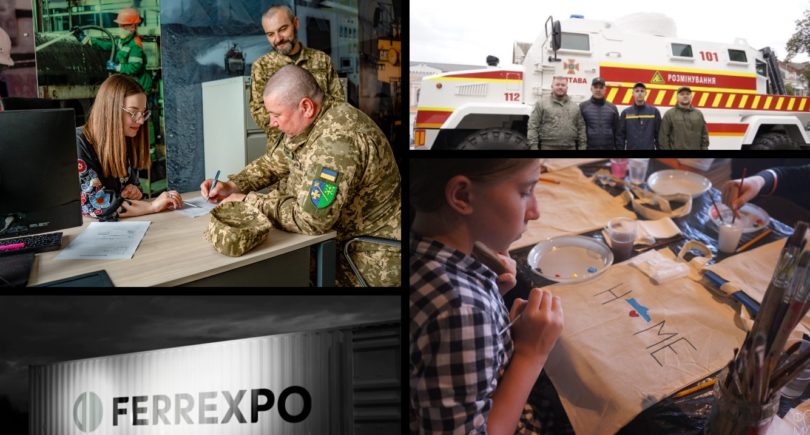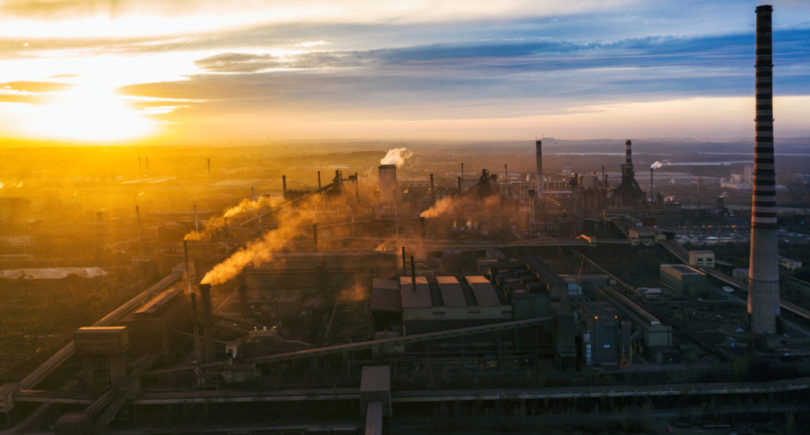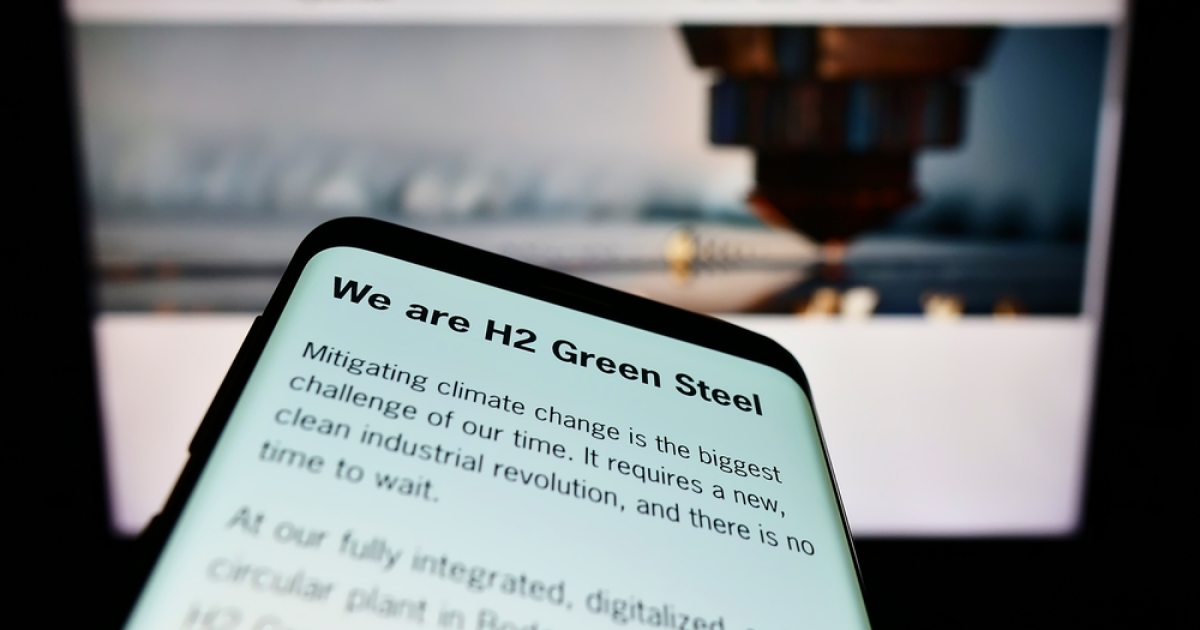
Posts Companies H2 Green Steel 4533 03 October 2023
Founded just three years ago, the company is setting a model for raising funds and has already sold a significant part of its future steel
While there are still discussions about what kind of steel can be called low-carbon or green, European companies have already decided on the path of decarbonization, declare certain goals, implement pilot projects, and raise funds.
A landmark project
The main way to produce green steel is through the DRI-EAF technology, where steel is made in electric arc furnaces from direct reduced iron obtained with hydrogen. In turn, hydrogen should be generated by electrolysis using water and electricity from renewable sources. This is the path followed by the largest market players, such as ArcelorMittal, ThyssenKrupp, and Saltzgitter.
Steel production is capital-intensive, meaning it requires significant investments for development. Therefore, the emergence of start-ups aimed at creating low-carbon steel production from scratch is very unusual for this market.
One of the most notable was the project of the Swedish company H2 Green Steel (H2GS), founded only three years ago. This company is close to completing the construction of its groundbreaking €5 billion facility in Boden, northern Sweden.
«The H2 Green Steel project is an exciting step in the European steel sector’s transition to carbon neutrality», says industrial company SMS Group, calling it a landmark.
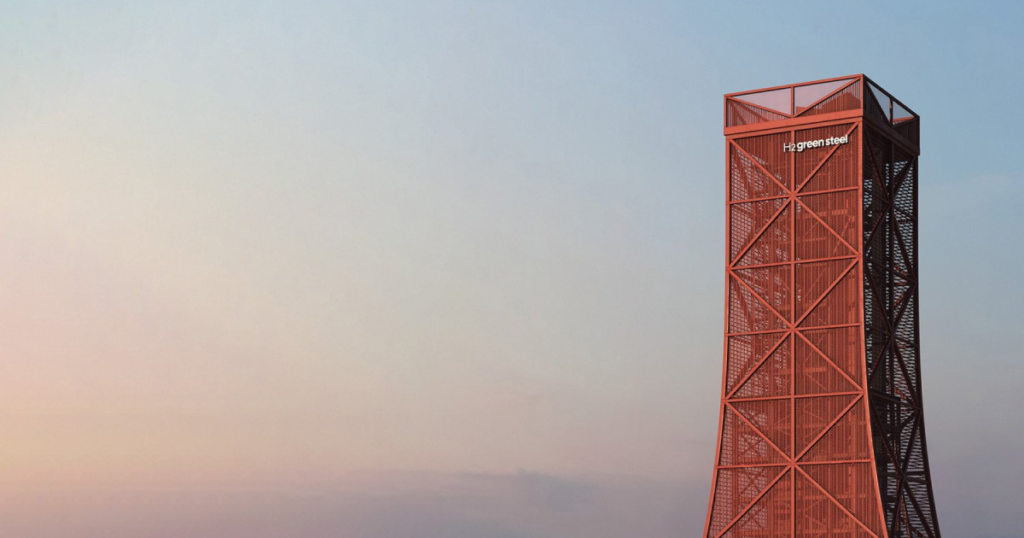
Another difference is the large number of co-investors, which is atypical for large infrastructure projects, according to the American Rocky Mountain Institute (RMI). H2GS has more than twenty, ranging from the founder of Spotify and well-known family offices to investment funds and industrial corporations. The equity partners are also suppliers of components and equipment, future customers of the company.
Mission – decarbonization
H2 Green Steel was founded in 2020 with a mission to accelerate the decarbonization of the steel industry through the use of green hydrogen.
The founder and largest shareholder of the Swedish startup was the investment company Vargas Holding, which, among other things, had already launched Northolt, a supplier of environmentally friendly battery cells and systems. The latter played an important role in the emergence of H2 Green Steel. Another source of inspiration was the pioneering HYBRIT project (founded by SSAB, LKAB, and Vattenfall), whose first pilot plant for the production of fossil-free sponge iron was opened in August 2020.
In 2021, H2GS was headed by Henrik Henriksson, who served as CEO of Scania in 2016-2021. Harald Meeks, Chairman of the Board of Vargas, noted that Henriksson, as the head of Sweden’s largest bus and truck producer, was one of the most active leaders in the business community in implementing climate change mitigation measures.
What is planned
Preparatory work at the Swedish site has been underway since the summer of 2022. In June 2023, the project received a full environmental permit for construction and operation, and work is now underway on the construction of foundations and buildings. Maria Persson Gulda, Chief Technical Officer of H2GS, told Argus Media that the contracts for the equipment were signed more than a year ago, so the design for them will be completed soon.

The plant is expected to be launched by the end of 2025, with an initial capacity of 2.5 million tons of green steel per year, with commercial production ramping up in 2026. The company plans to produce 5 million tons of steel annually in Boden by 2030.
H2 Green Steel will have a direct reduction iron (DRI) plant based on Midrex technology (a subsidiary of Japan’s Kobe Steel, which invested in the Swedish startup to strengthen the partnership). The Midrex hydrogen-based plant will produce 2.1 million tons of DRI and HBI annually. It will be built by a consortium of Midrex and Paul Wurth, a company of the SMS Group.
The German SMS Group also will supply technological equipment for steel production, including an EAF-based smelting shop, a casting and hot rolling shop, and a modern cold rolling and finishing complex to produce a wide range of value-added products. According to SMS, the process equipment is designed not only to minimize carbon emissions but also to produce advanced automotive steel grades.
Germany’s Thyssenkrupp Nucera has received an order for a 700 MW electrolysis plant, which is expected to become one of the world’s largest AWE plants when it is commissioned. The hydrogen produced in Boden will be used on-site to reduce iron ore to sponge iron.
Maria Persson Gulda says that the company welcomes any technology and development that helps solve the climate crisis. The Swedish startup wants to learn as much as possible about them to understand where the cheapest hydrogen can be found and how to pay attention to these places as part of its own expansion.
The company representative admits that the H2 Green Steel electrolyzer will be more expensive than those that can be purchased in 5-10 years, but they will gain the necessary knowledge on the design, installation and operation of such plants that they can use in the future.
Good location
The H2GS method requires a significant amount of electricity – reaching the full annual capacity of 5 million green steel will require 13-15 TWh of electricity per year. This is about a tenth of Sweden’s total capacity.
H2GS is building its plant in Boden, a city in the north of the country. According to Midrex, it will be located in an area with some of the lowest electricity costs in Europe, and green energy plays a big role in this, accounting for about 90% of the local energy mix. The cost of electricity here is at a level that makes green steel competitive.
The company did not build and finance renewable electricity production on its own; the Swedish startup agreed to buy it from Norway’s Statkraft (2 TWh/year) and Finland’s Fortum (2.3 TWh/year) to power the electrolyzer.
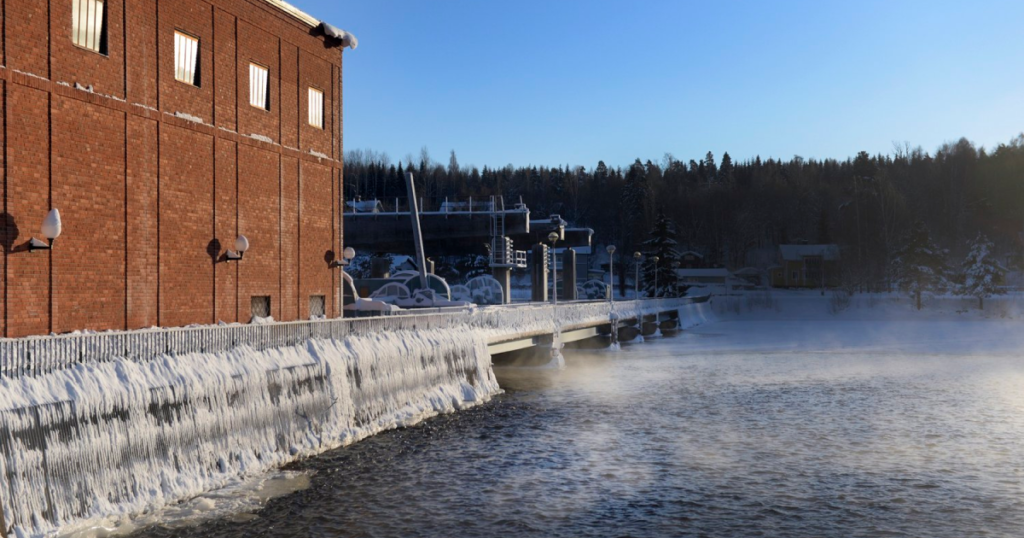
Boden was also selected due to its access to high quality iron ore and favorable infrastructure (Malmbanan railway and Luleå port). In May 2023, H2 Green Steel signed a cooperation agreement with the port, choosing it as its main logistics and transportation center.
However, access to high-quality iron ore in the region, which was one of the most important factors in the project’s viability, did not provide an advantage. H2GS was unable to reach an agreement with LKAB, a Swedish mining company that operates an iron ore mine in Norrbotten, about 15 miles from the Boden facility.
H2GS representatives have noted that the Swedish iron ore deal is taking longer than they had hoped, but they are keeping the door open. In turn, LKAB claims that its infrastructure is not sufficient to supply H2GS’s plant – in June 2023, the company confirmed that this is not possible in the near future.
As a result, H2 Green Steel will import iron ore from Canada and Brazil – in August, it signed two multi-year DRI pellet supply agreements with Rio Tinto and Vale.
Stages of financing
- In February 2021, H2GS announced the opening of a Series A financing to raise €50 million for the Boden project (the total financing for the first phase of the project was estimated at approximately €2.5 billion);
- In May 2021, the company successfully closed a $105 million Series A equity financing;
- In October 2022, the startup announced that it had closed a €260 million Series B equity financing;
- In the same month, it was announced that it had raised €3.5 billion in debt financing from European institutions. The company received conditional commitments for senior debt of €3.3 billion from the Swedish Export Credit Corporation (Svensk Exportkredit) and five commercial banks. Several other lenders have issued letters of intent for loan guarantees.
In September 2023, in the largest private placement in Europe this year, H2 Green Steel raised approximately €1.5 billion from a group of investors led by Altor, GIC, Hy24 and Just Climate.
The private placement was jointly led by a new investor, Europe’s largest private equity house Hy24, along with the existing investors (Altor, GIC and Just Climate).
«H2 Green Steel Boden is the most advanced large-scale green industrial project in the world. It is an innovator in decarbonizing industries that are difficult to abate emissions, such as steel. The investment by Hy24’s Clean Hydrogen Infrastructure Fund will support H2 Green Steel’s ambition to significantly transform steel markets by providing a green alternative to its customers and partners,» says Pierre-Etienne Frank, CEO of Hy24.
The latest agreement also includes new investors Andra AP-fonden and Temasek, and a group of existing investors who continue to support H2 Green Steel with additional capital. In particular, German automotive component producer Schaeffler has agreed to invest another €65 million, bringing its total stake in the investment to €100 million. This is the largest capital that Schaeffler has ever invested in a minority stake in another company.
Pre-sales
From the outset, H2GS assumed that their project would be targeted at the automotive industry. As of May 2022, the company had signed preliminary long-term agreements to supply more than 1.5 million tons of steel per year for 5-7 years, out of a planned initial annual production of 2.5 million.
Future customers included automotive giants or suppliers of automotive components, such as BMW Group, Scania and Mercedes-Benz (both companies were among the first investors), Schaeffler, ZF Group and others. In September 2023, the company signed a long-term steel supply agreement with Volvo Group.
However, interest in green steel proved to be wider, and large home appliance producers, such as Electrolux and Miele, and major players in the steel sales, processing, and production industry reserved supplies.
In May 2023, H2 Green Steel signed a 7-year agreement with Marcegaglia (worth approximately €1.79 billion) to supply steel from the Boden plant to the Italian steel group’s facilities in Southern Europe, the UK and Poland. Marcegaglia is both the startup’s H2 investor and first customer. In June, the company signed a multi-year contract with Cargill Metals (a division of the US-based Cargill), which operates in more than 25 ports and more than 50 warehouses around the world.
«The automotive, home appliances and renewable energy sectors are the first drivers of the green steel market. These industries have high market concentration and pressure from customers or relevant policies. We estimate the potential demand for low-carbon steel in the EU in 2030 at 20-29 million tons,» said Andriy Tarasenko, Chief Analyst at GMK Center.
In addition, H2GS stepped into a new area in the summer of 2023 by entering into an agreement with the Swedish Gotland Company, which develops, charters and operates passenger ferries. H2 Green Steel will perform a feasibility study to assess the possibility of supplying green hydrogen to the shipping company’s future vessels. Gotland is developing two new Horizon series ships that will be able to run on green fuel.
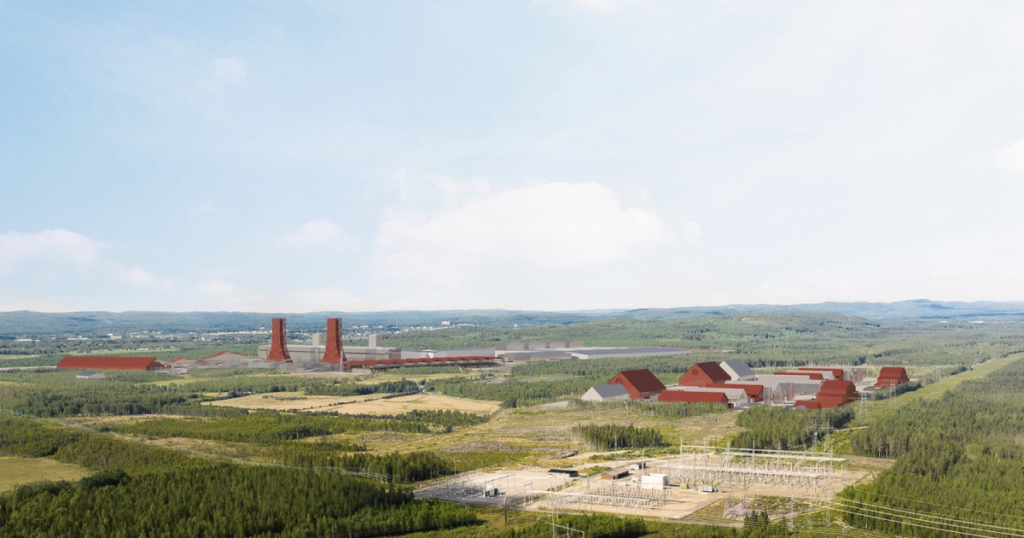
Interestingly, the new steel plant will be very different from the traditional one in terms of design and functions, Bodenxt writes. Every part of the site – from factory buildings to green passages for animals and people – is carefully designed to fit into the environment.
According to observers, H2GS is creating a template for project financing in Sweden that can be applied to industrial centers in other countries.
«Projects like H2GS have an effective business model. This is proved by the fact that other similar projects were subsequently announced on the market, and H2 Green Steel itself is in the process of scaling up,» says Andriy Tarasenko.
If this project is successful, it will be the first large-scale new green steel production facility in Europe. Some experts are already calling it a new industrial revolution.


